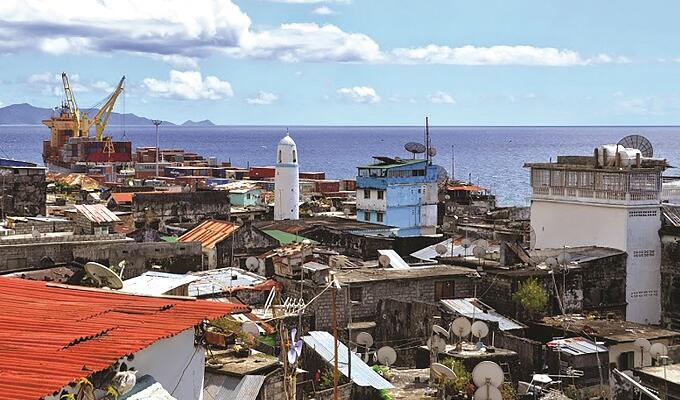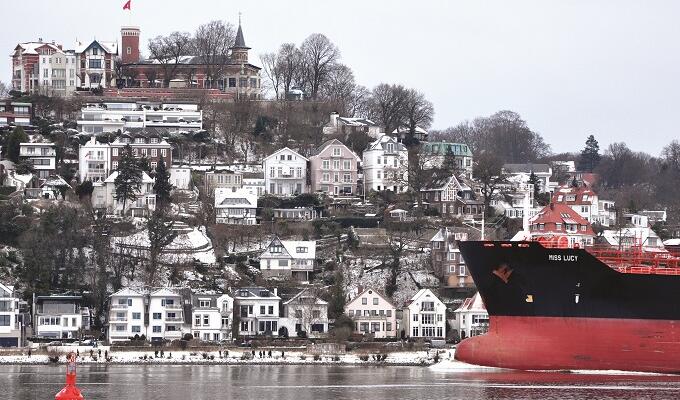


On the beauty of ports, ships and containers
Trade in services and e-commerce have experienced immense growth in recent years, with more and more goods ordered over the internet. However, most consumable goods still need to be physically moved one way or another and the majority are transported by sea. Ocean-going ships transport carry around 80% of the volume of global merchandize trade.
Ports connect countries and their peoples by being the nodes where ships call to load and unload their cargo. The ships that transport these goods have grown in size over the last decades and seaports have become increasingly mechanized, making use of the most specialized handling equipment. In total, seaborne trade amounts to around 10 billion tonnes per year.
Throughout history maritime countries have had national fleets which they built, owned and manned. That situation has changed in favor of a multinational dynamic. Today a cargo ship might be built in Korea, owned by a German investment fund, operated by a Danish container shipping company and fly the flag of the Marshall Islands. The crew might be made up of Philippine T nationals on contract through an agency in Cyprus. The ship might be certified by a Norwegian company and insured in London before reaching the end of its useful life and being recycled in Bangladesh, India or Pakistan.
In my job as chief of trade facilitation at the United Nations Conference on Trade and Development, I have had the opportunity to document the beauty of the vessels, cranes and ports with my camera. Here is a glimpse into how ‘hard’ trade across the world continues to drive economic growth.
For more information on maritime transport, please visit the Review ofMaritime Transport.















